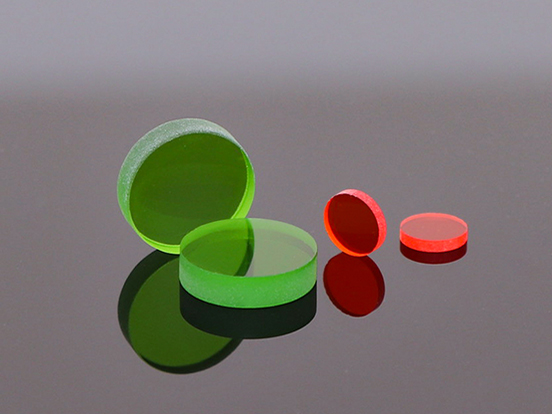Infrared Thermal Imaging Camera
Apr. 11, 2024
The Infrared Thermal Imaging Camera is an advanced technology that allows users to capture and visualize thermal images of objects. This device consists of four main components: the optical lens, thermal imaging device, signal processing unit, and display device, all of which work together to provide accurate and detailed thermal imaging information.
Optical Lenses
The first component of the Infrared Thermal Imaging Camera is the optical lens. This lens is responsible for capturing thermal radiation emitted from objects in the environment. The lens focuses the infrared radiation onto the thermal imaging device, allowing for the creation of thermal images. Different lenses may be used depending on the specific application and requirements of the user.
The second component of the Infrared Thermal Imaging Camera is the thermal imaging device itself. This device is equipped with sensors that detect infrared radiation emitted by objects. The sensors convert the radiation into electrical signals, which are then processed to create a thermal image. The thermal imaging device is capable of detecting temperature differences as small as 0.1 degrees Celsius, making it a highly sensitive and accurate tool for thermal imaging applications.
The third component of the Infrared Thermal Imaging Camera is the signal processing unit. This unit processes the electrical signals generated by the thermal imaging device and converts them into a visual representation of the thermal image. The signal processing unit is responsible for analyzing and enhancing the thermal image to provide the user with clear and detailed thermal information. It also allows for adjustments to be made to the image, such as changing the color palette or adjusting the temperature scale.
The final component of the Infrared Thermal Imaging Camera is the display device. This device presents the thermal image to the user in a clear and easy-to-understand format. The display device may be a built-in screen on the camera itself or a separate monitor that is connected to the camera. The display device allows the user to view the thermal image in real-time, making it a valuable tool for a wide range of applications, including industrial inspections, electrical maintenance, building diagnostics, and medical imaging.
CLZ Optical Co., Ltd. is a manufacturer of optical components, main products including spherical lenses, optical windows, domes, mirrors,etc. Our products are widely used in various fields,such as Infrared thermal imagers mentioned in this article, underwater photographic imaging, Aerospace, laser field etc.
Windows and filters can be well used in infrared thermal imagers.
Optical Windows
Optical Windows are double-sided planar optical elements typically used as protective windows in electronic sensors or detectors for the external environment.
Optical Windows don't change the magnification of the system.
Substrate materials include various optical glasses, K9, K7, B270, UV fused silica, IR fused silica, calcium fluoride CaF2, magnesium fluoride MgF2, zinc selenide ZnSe, germanium Ge, silicon Si, etc.
Optical Filters
Optical filters are made by adding special dyes to plastic or glass substrates or evaporating optical films on their surfaces. They are used to attenuate (absorb) certain light bands in the light waves or to accurately select a small range of light waves to pass through and reflect them. (or absorb) other unwanted bands. By changing the structure of the filter and the optical parameters of the film layer, various spectral characteristics can be obtained, allowing the filter to control, adjust, and change the transmission, reflection, polarization, or phase state of light waves. The classification method of optical filters is generally based on the spectral band, spectral characteristics, film material, application characteristics, and other characteristics. According to the classification of spectral characteristics, optical filters can be divided into band-pass filters (such as NBF-808, BPF940, etc.) cut-off filters (such as IBG-650), dichroic splitting filters (such as semi-transparent mirrors), Neutral density filters, reflection filters, etc.; filters can be divided into ultraviolet band filters, visible light filters, and infrared band filters according to spectral band classification; filters can be classified according to application film materials They are divided into soft film filters and hard film filters; according to application characteristics, filters can be divided into filters for medical biochemical instruments, filters for fluorescence microscopes, multi-band hard film filters for police, etc.



















